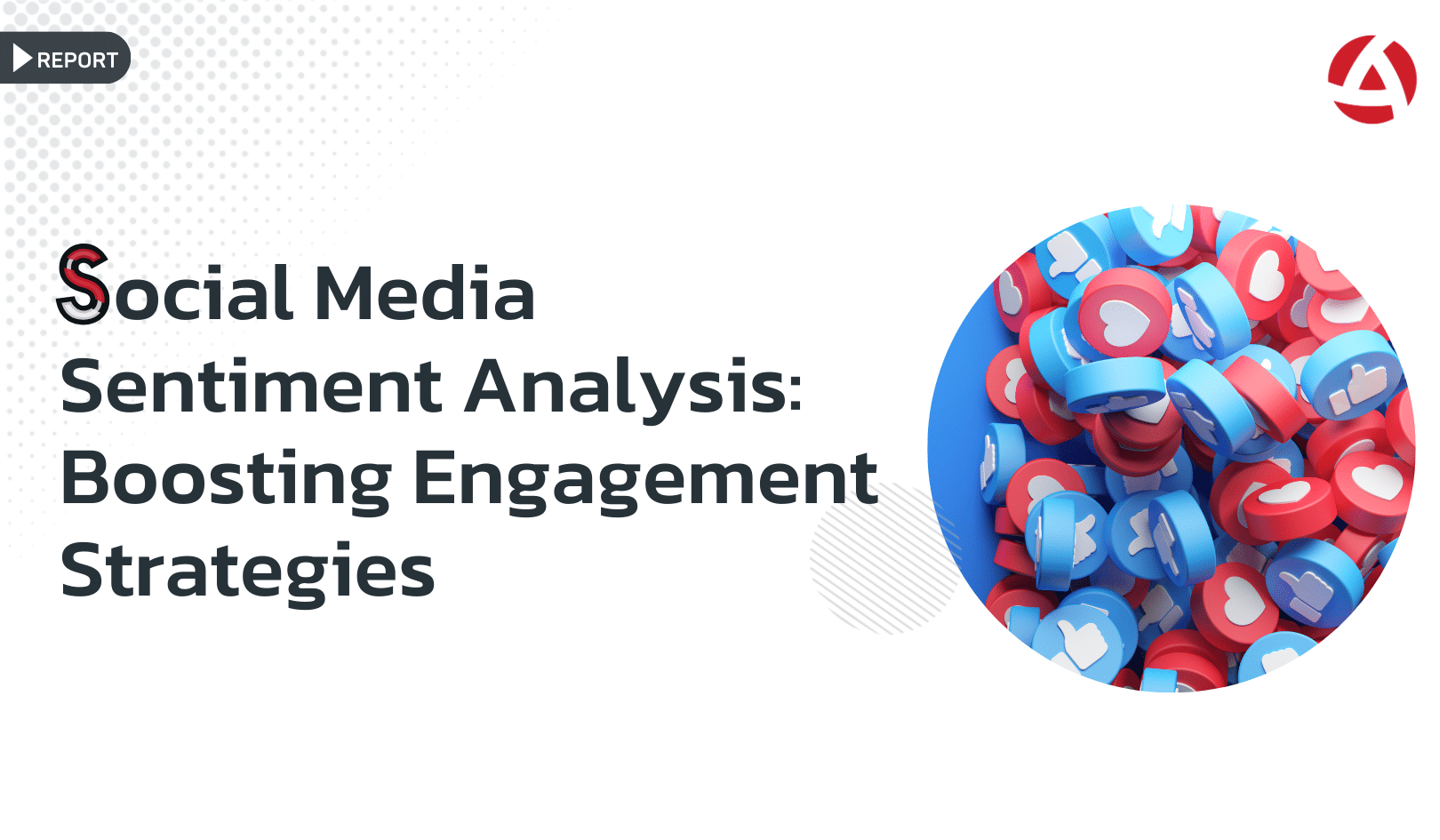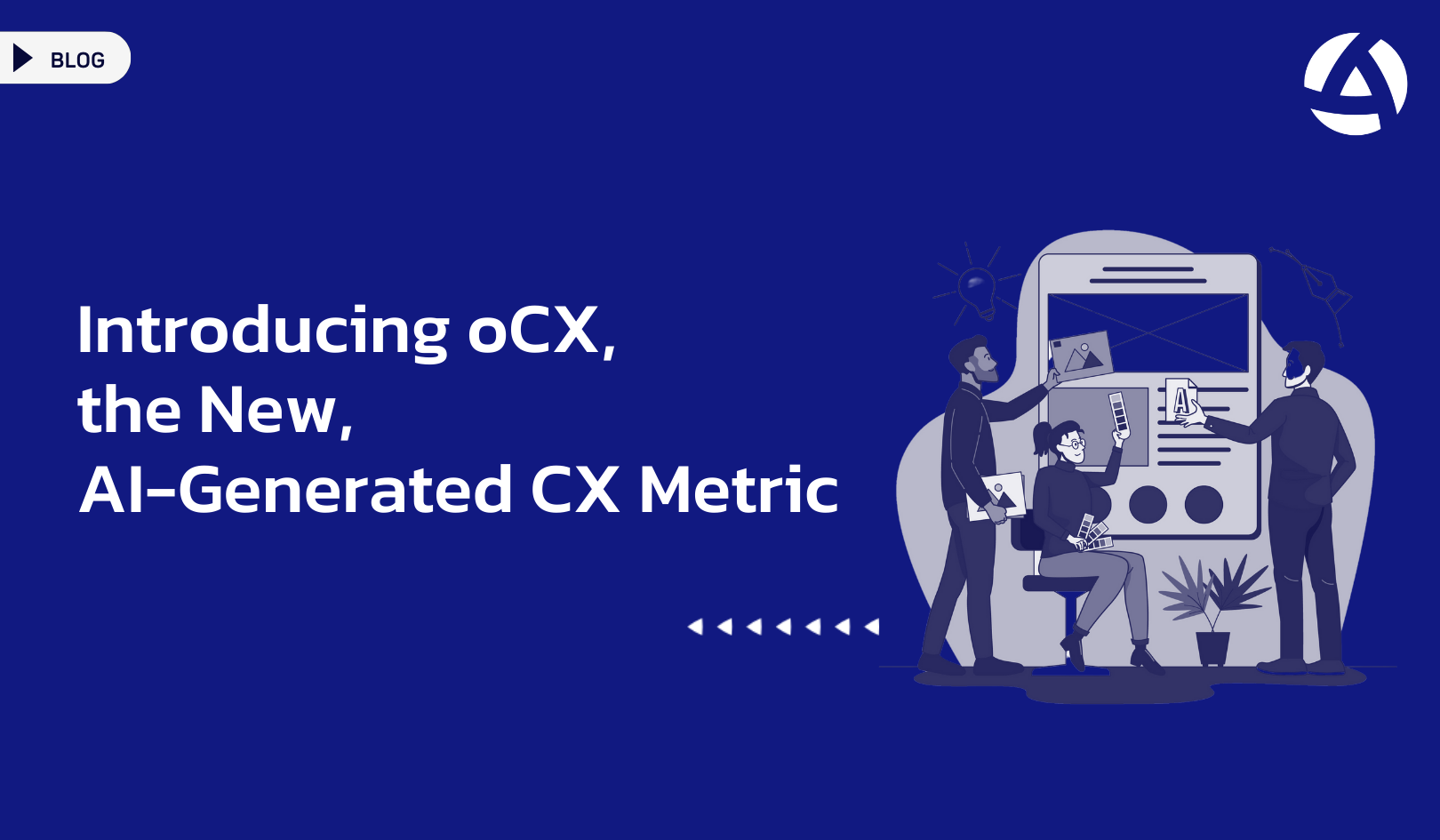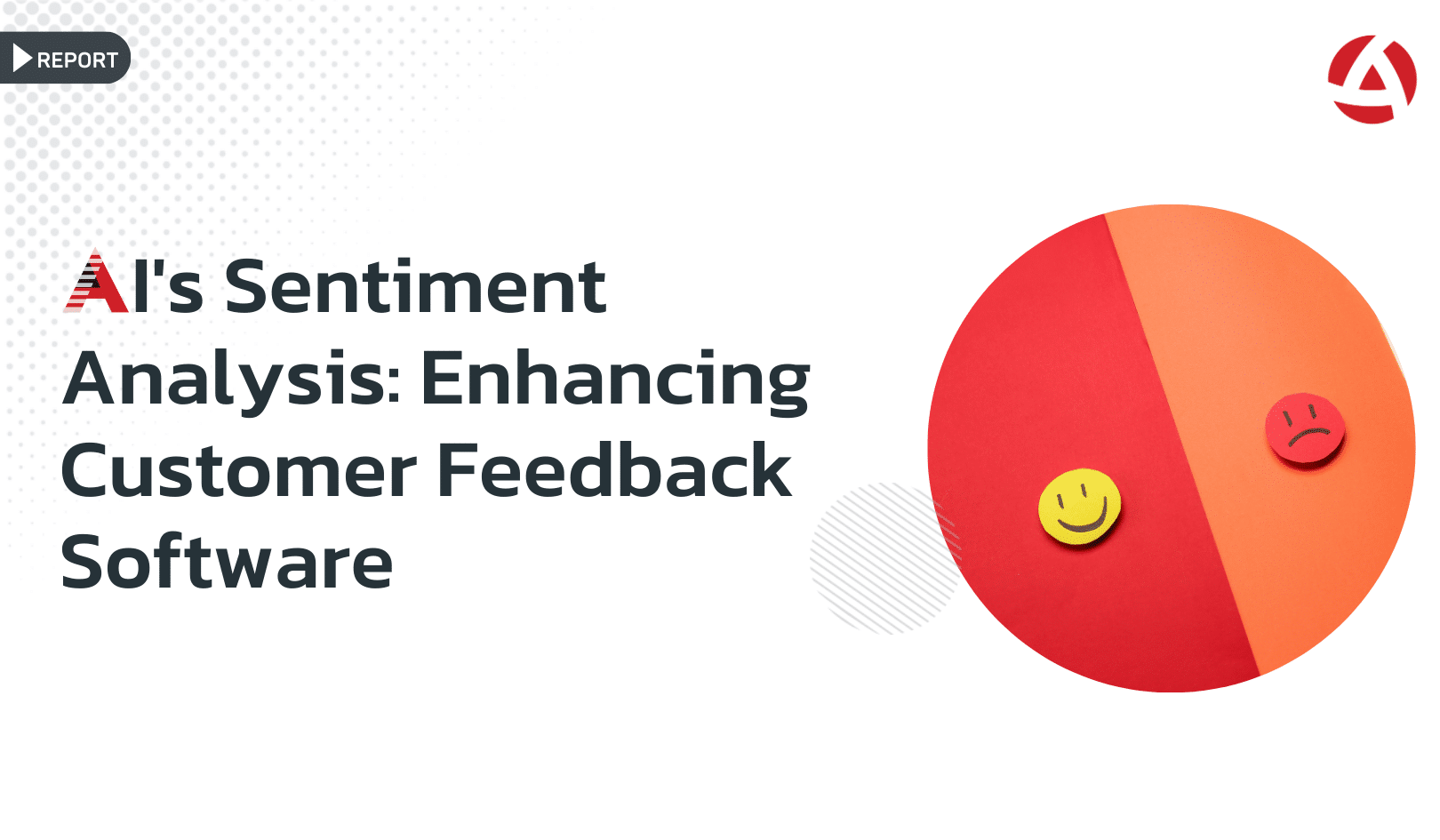1. Net Promoter Score (NPS)
Net Promoter Score is a widely used metric that measures customer loyalty and satisfaction. It is calculated by asking customers how likely they are to recommend your company to others on a scale of 0 to 10. The score is then derived by subtracting the percentage of detractors (those who score 0-6) from the percentage of promoters (those who score 9-10). A high NPS indicates a strong, loyal customer base, while a low score highlights the need for improvement in customer experience.
2. Customer Satisfaction Score (CSAT)
Customer Satisfaction Score measures how satisfied customers are with a particular interaction or the overall experience with your brand. Typically, customers are asked to rate their satisfaction on a scale from 1 to 5. This metric provides immediate feedback on specific touchpoints, allowing businesses to quickly address any issues and improve the customer experience.
3. Customer Effort Score (CES)
Customer Effort Score evaluates how easy it is for customers to interact with your company and resolve their issues. Customers rate their effort on a scale, usually from “very easy” to “very difficult.” A lower CES indicates that customers find it easy to get their problems solved, which is crucial for maintaining a positive customer experience. High effort scores can highlight areas where processes need to be streamlined.
4. First Contact Resolution (FCR)
First Contact Resolution measures the percentage of customer issues resolved on the first interaction. A high FCR is a strong indicator of efficient and effective customer service. It not only improves customer satisfaction but also reduces operational costs by minimizing repeat contacts.
5. Customer Churn Rate
Customer Churn Rate is the percentage of customers who stop using your product or service over a specific period. Tracking churn rate helps businesses understand how many customers they are losing and identify patterns or reasons for the churn. By analyzing this metric, companies can implement strategies to improve retention and reduce churn.
6. Average Response Time
Average Response Time tracks the time it takes for customer service representatives to respond to customer inquiries. Faster response times are typically associated with higher customer satisfaction. Monitoring this metric helps ensure that customer service teams are prompt and efficient in addressing customer needs.
7. Customer Lifetime Value (CLV)
Customer Lifetime Value estimates the total revenue a business can expect from a single customer account throughout their relationship. Understanding CLV helps companies identify high-value customers and tailor their strategies to maximize the long-term profitability of these relationships.
8. Resolution Time
Resolution Time measures the time it takes to resolve a customer’s issue from the moment they contact support. Short resolution times are indicative of effective customer service processes and contribute to higher customer satisfaction.
9. Customer Feedback and Reviews
Monitoring customer feedback and reviews across various platforms provides direct insights into customer perceptions and experiences. Analyzing this feedback helps businesses identify common pain points, areas for improvement, and opportunities for innovation.
10. Social Media Sentiment
Social Media Sentiment analyzes customer opinions expressed on social media platforms. This metric helps businesses gauge public perception of their brand and understand the broader impact of their customer experience strategies. Positive sentiment indicates strong brand reputation, while negative sentiment highlights areas needing attention.
11. Observational Customer Experience (oCX)
oCX, also known as “Observational Customer Experience,” represents a revolutionary approach to assessing customer experience quality, eliminating the need for traditional surveys. Powered by AI technology, oCX examines the unprompted feedback shared by customers across social media, review platforms, and other online channels. By capturing and analyzing these authentic customer judgments expressed in their natural environment, oCX provides an accurate measurement of a company’s customer experience without relying on structured survey responses. In essence, it allows businesses to gauge customer sentiment “in the wild,” offering invaluable insights into the true quality of their customer interactions.
By harnessing AI capabilities to analyze written-text comments, oCX effectively anticipates how each observed customer might rate their likelihood of recommending a product or service to a friend on a scale of 0 to 10. This predictive model allows oCX to generate an NPS-like score, providing a reliable estimate of the business’s potential survey-based NPS outcome. This innovative approach ensures accuracy and consistency in evaluating customer sentiment and overall satisfaction levels.
Conclusion
Tracking the right metrics in customer experience analytics is crucial for understanding and enhancing the customer journey. By focusing on these key metrics— oCX, NPS, CSAT, CES, FCR, Churn Rate, Average Response Time, CLV, Resolution Time, Customer Feedback, Social Media Sentiment, and oCX—businesses can gain actionable insights to improve customer satisfaction, loyalty, and overall experience. Leveraging customer experience analytics effectively allows companies to stay competitive and meet evolving customer expectations.




